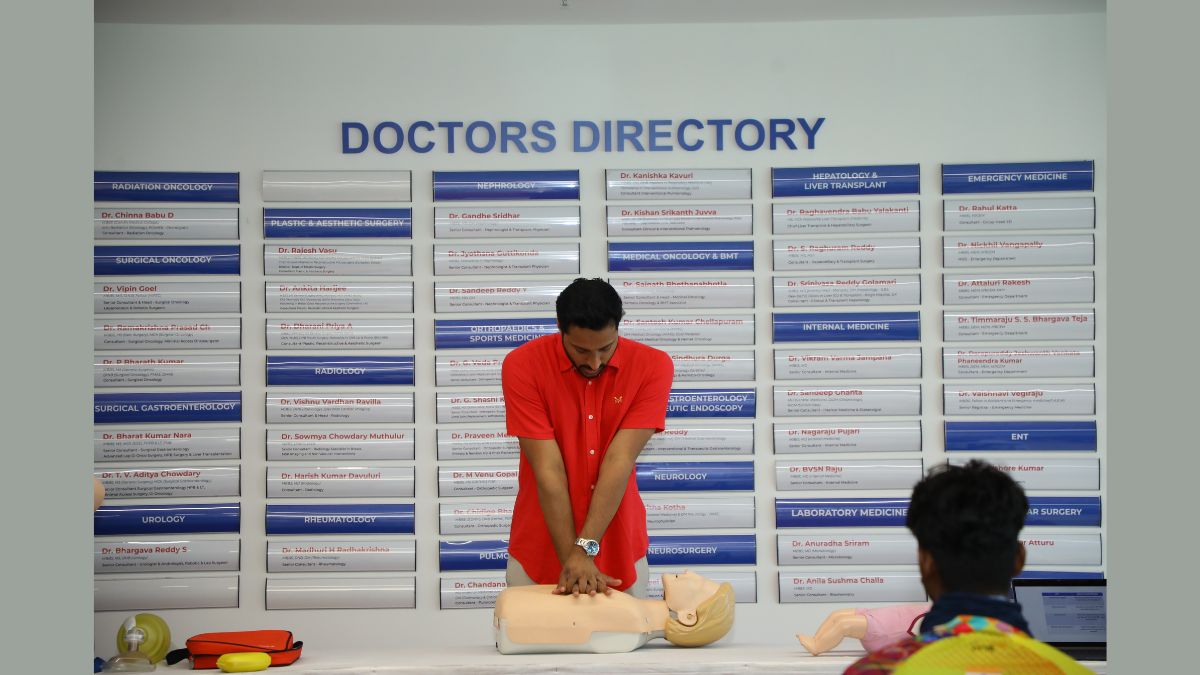U`khand tunnel collapse exposes deep fault lines in infra development paradigm

The tragic collapse of the Silkyara-Barkot tunnel in Uttarakhand has laid bare a web of systemic failures within the Char Dham project, a cornerstone of Prime Minister Narendra Modi`s infrastructure initiatives.
On November 12, 2023, while still under construction, a portion of the Silkyara Bend–Barkot tunnel, which was intended to link National Highway 134 in the Uttarkashi district of Uttarakhand, India, collapsed. At about 05:30 am, the collapse happened, trapping 41 workers inside the tunnel.
Many of these men had traversed great distances, enduring perilous working conditions for meagre wages in one of India`s most impoverished states. The collapse brought to light the precarious nature of tunnel construction, prompting critical questions about the risks thrust upon labourers, particularly at high altitudes. While the eventual success of the rescue operation brought relief, the haunting experiences of those trapped underscore the urgent need for labour-centric safety measures.
Safety concerns and environmental impact
The Silkyara-Barkot tunnel is a pivotal element of the Char Dham project, a colossal $1.5 billion endeavour aimed at widening roads to connect four revered pilgrimage sites in Uttarakhand. Environmentalists had long sounded alarms, pointing to the project`s rushed implementation, lack of safety measures, and potential risks of landslides and subsidence in the fragile Himalayan mountains. The tunnel`s collapse has thrust these concerns into the limelight, exposing the government`s apparent disregard for environmental impact assessments and safety protocols.
Environmental activist Dharam Singh, reflecting on the disaster, remarked, “Why is it only after a tragedy that everyone wakes up to the dangers? The company should be made answerable for this.” Such sentiments underscore the demand for accountability in the face of compromised safety and environmental stewardship.
Also Read: Silkyara tunnel project to continue after safety audit, repair of broken structure: Official
Legal challenges and government accountability
Legal challenges to the Char Dham project surfaced in 2018, as environmentalists contested its expedited approval without thorough risk assessments. The government`s utilisation of a legal loophole circumvented the need for an environmental risk assessment for the Silkyara-Barkot tunnel, setting a concerning precedent. The tragedy has reignited debates about the accountability of construction companies and the government. Families of the trapped labourers, though relieved by the rescue, are now demanding answers and holding the responsible entities accountable for the lapse.
In the words of environmentalist Ravi Chopra, who resigned as the chairman of the Supreme Court-appointed committee last year, “The government can`t be blamed for initiating developmental projects whether in seismic zones like the Himalayas or elsewhere. At the most, proper safety precautions can be taken.”
Insights from trapped labourers
Firsthand accounts from the rescued labourers provide a poignant narrative of the trauma and fear they endured during the 17-day ordeal. Limited food supplies, dwindling oxygen levels, and the constant threat of a complete tunnel collapse created an atmosphere of despair. The communication lifeline established through a small water pipe brought relief, and the eventual arrival of proper food and entertainment lifted spirits. However, the psychological toll on the workers raises profound questions about the overall well-being of those engaged in high-risk construction projects.
Sushil Kumar, one of the trapped labourers, vividly described the psychological impact: “Those were terrible days. It felt like death was near. There was this constant thought of ‘will we be able to get out of here?’ I would think about my family, my children, and cry,” he told the media, adding weight to the urgent need for comprehensive measures to address the mental health and well-being of labourers subjected to such high-risk environments.
Expert opinions on infrastructure and geological surveys
Various experts weigh in on the tunnel collapse, underscoring the imperative need for advanced geological surveys, proper instrumentation for real-time monitoring, and adherence to safety protocols. The absence of an escape passage in the tunnel emerges as a glaring oversight, highlighting lapses in planning and execution.
Geological expert Ravi Shankar Vantaram emphasises, “Even after all possible safety precautions, due diligence, seismic and geotechnical studies, tunnel collapse while under construction may still occur.” He underscored the dynamic and unpredictable nature of construction in the Himalayas, emphasising the need for meticulous planning and ongoing risk assessment.
Dissecting the Char Dham Project
The Char Dham project, envisioned to improve connectivity to four pilgrimage sites, has been marred by controversies and legal battles. Environmentalists and experts express concerns about the impact of road widening, hydroelectric dams, and tunnel construction on the Himalayan ecology. The Supreme Court`s involvement in addressing environmental worries, coupled with disagreements on road width, highlights the complexities of balancing development with ecological sustainability.
The resignation of environmentalist Ravi Chopra over the widening of roads near the India-China border signals a deeper conflict between development aspirations and the need for environmental preservation. The analysis dissects the challenges faced by the project, from conflicting reports on road configurations to the overarching need for a holistic, sustainable approach.
Systemic issues in infrastructure development
The tunnel collapse becomes a focal point for discussing broader issues within India`s infrastructure development. Experts argue that due diligence, including comprehensive geological surveys and risk assessments, must precede such projects. The lack of accountability, insufficient consideration for environmental consequences, and a culture of prioritising development over safety and ecological balance are critical issues that demand urgent attention.
Himanshu Thakker, coordinator of the South Asia Network on Dams, Rivers, and People, critiques the prevailing culture, stating, “There is no culture of due diligence before initiating such projects in our country.” The absence of accountability and the tendency to shift the cost and risks onto labourers and local communities underscore the need for a paradigm shift in the approach to infrastructure development.
The Uttarakhand tunnel collapse serves as a sombre reminder of the challenges inherent in infrastructure development in ecologically sensitive regions. The government`s negligence, environmental concerns, and the toll on labourers underscore the urgent need for a reevaluation of existing projects and a more conscientious approach.





